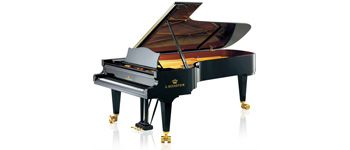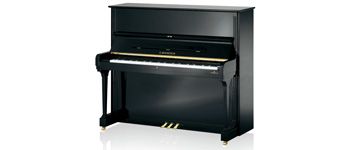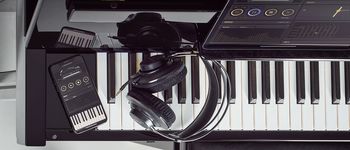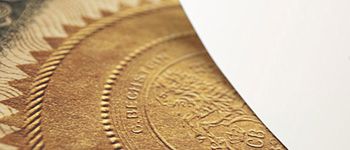Cleaning the piano case
Cleaning the case is important for preserving the value of your piano. The following tips make it easy to keep your precious instrument clean without inadvertently causing damage.
The choice of cleaning product depends on the finish and on the type of cleaning required. A general rule is: remove dust gently, without pressure. To remove fingerprints and the like after dusting, use a soft cloth and a cleaning product suited to the finish. You can obtain a suitable care product from your C. Bechstein dealer.
Upright and grand pianos with satin finish
Never apply undue pressure when rubbing a satin finish. The more you rub a satin finish, the shinier it becomes. Use as little moisture as possible. Liquids can corrode or stain a satin finish.
Upright and grand pianos with brilliant finish
Brilliant polyester finishes on late-model C. Bechstein instruments are highly resistant, yet the removal of dust or other particles can leave fine scratches if you fail to proceed with care. As a first step, you should remove dust using a feather-duster or a clean, dry microfiber cloth without applying pressure. Afterward, you can remove fingerprints using a slightly damp cloth or chamois. You can obtain a suitable care product from your C. Bechstein dealer.
Cleaning the keys
On today’s pianos, the keys are provided with a high-quality plastic coating and should be cleaned only with a soft, lint-free cloth. Do not use aggressive or abrasive cleaning products. Keys with a coating made of natural materials may need to be cleaned by an expert technician.
Cleaning metal parts
Pedals, hinges and other metal parts can be wiped down and polished with a soft cloth. You can obtain a suitable metal care product from your C. Bechstein dealer.
No cleaning inside the piano!
Any cleaning needed inside your piano must be left to a specialist to avoid damage which may entail costly repairs.




















